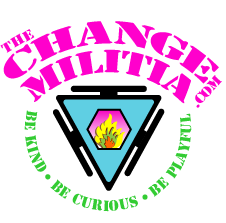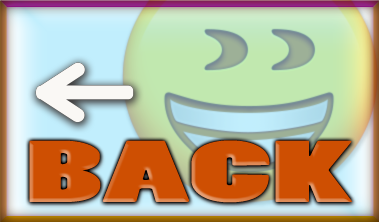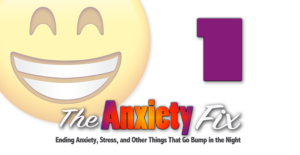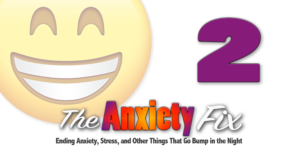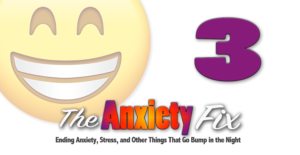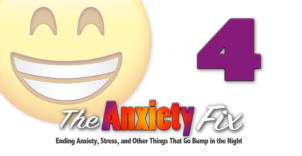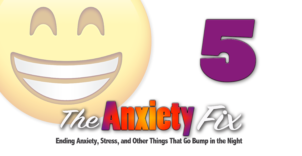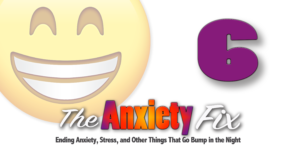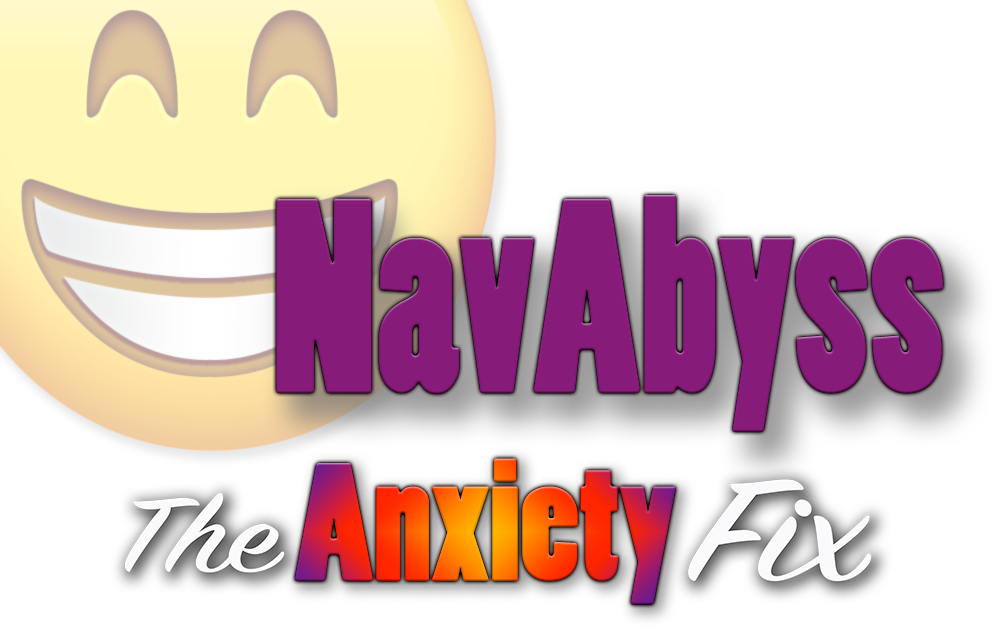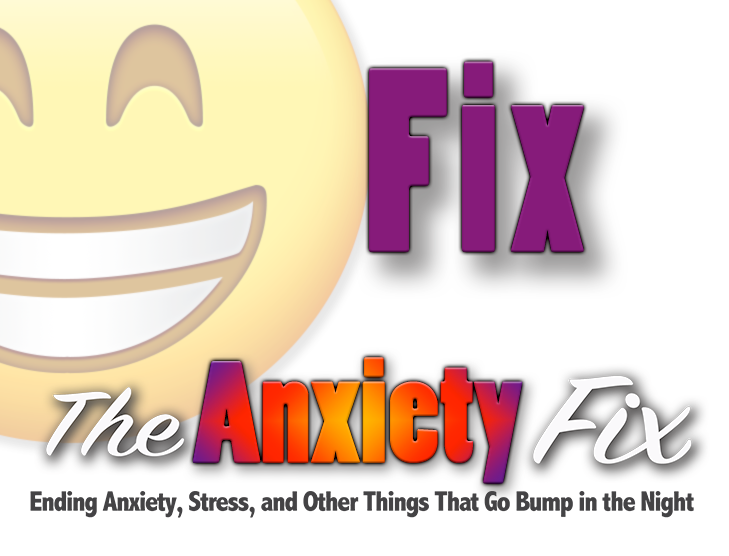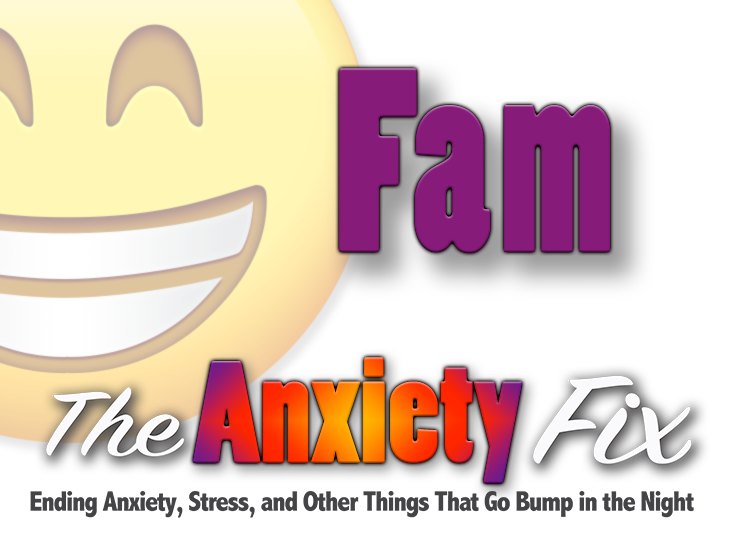
Step Two – Identify Your State of Being
We are going to talk a lot about energy in this program. The energy we talk about is the fuel you use to move, think, and feel. You can call it energy, Juju, Mojo, Prana, Shakti, Manitou, or Life Force. Pick whichever name is easiest for you to accept – don’t get caught up on the label.
In Step One, you practiced the Current 30. We introduced the concept that anxiety is a habit that can be changed and you increased the awareness of the sensation you are feeling. These simple practices will give you back control so that you get a different result … that doesn’t include anxiety.
When you think about anxiety, what comes to mind? What if anxiety is as simple as having more energy than is comfortable?
What if you don’t experience anxiety because of any internal or external factors? What if anxiety happens because you haven’t learned how to tolerate the amount of energy in your system?
A great analogy is a race car revving its engine. The accelerator is pressed but the transmission isn’t engaged. Lots of noise, vibration, and burning of fuel without forward progress. What if anxiety is just noise, vibration, and fuel-burning without progress? It is!
Anxiety is the feeling of your engine revving without your transmission engaged.
Your mind creates the label Anxiety when you are uncomfortably energized. When you have anxiety, it is your system telling you that you have more energy than you need for the current demand. One solution is to channel that extra energy someplace beneficial. Give your energy something to do.
Anxiety is a sign your energy is frantically searching for a task.
In our membership program, The Change Militia, we show our members ways to channel their anxious energy into new habits, happiness, fulfillment, success, and growth. We give them tools to let go of their resistance, intolerance, and judgments. We teach them ways to tolerate the excess energy long enough for their systems to learn to accommodate it. This program will get you started on that path.
Let us introduce the concept of States of Being:
Over the next few days, you are going to take the Current 30 practice to the next step by identifying the different ways you feel, think, act, and react in specific situations. As the next step in the Current 30 movement, you will take a Current 30 in as many different environments and situations as you can and then assign a label. We will call that label your state of being. You might also think of it as your mood, default settings, deportment, or situational posture.
When you sit down at a restaurant for dinner you have expectations. You adjust and adapt to configure yourself for eating. This is your restaurant state of being. You will have a different restaurant state of being depending on where you are, who you are with, how hungry you are, and your anticipation of the upcoming meal. Your state of being will be different before and after the meal. You will feel different things after eating. A hungry restaurant state of being will not be the same as your no longer hungry state of being. Your mood, demands, and expectations will have changed. Feel for the difference. How do your sensations change before and after a meal? Where is your focus – which sensations draw your attention? Which sensations do you give the most value?
When you are anxious there is a set of sensations, thoughts, and emotions that go along with the feelings of anxiety. Anxiety has a configuration of sensations, thoughts, and emotions – a state of being. There are also a set of preconceptions, biases, judgments, and beliefs that accompany anxiety and every other state of being. More on that later.
Identify Your State of Being Description:
Step 1 – Do a Current 30. Take 30 seconds to make a sensory inventory of your internal and external environment. What do you feel? What are you aware of mentally and emotionally?
Step 2 – What are the qualities of your “right now”? What would you call where you are and what you are doing? What label would you give to this situation? Start generally and then get more specific. What sensations are present with this label?
Step 3 – You will have thousands of states of being. You might start with general labels like: at home, working, driving, eating, socializing.
Step 4 – Then start to get more specific. Your at home state of being (sensations) will be different in the morning and evening. Your sensations will be different before and after coffee. Your work state of being will feel differently depending on what you are doing and who you are with. Your sensations will be different at the beginning and the end of conversations. Your 8:30 state of being will be different than your 4:30. What are your states of being before and after interactions? Give each a label.
Step 5 – Next, recognize what labels you are assigning to each set of sensations that accompany your states of being. Do you label yourself as stressed whenever you are at work? Are you actually stressed all the time? Identify your varying states of anxiety and the sensations you feel.
Step 6 – Start to look for patterns and similarities. Which sensations exist in more than one state of being? What labels accompany similar states of being?
Why it Matters – This practice will show you that you are not a single personality – you adapt and reconfigure yourself depending on where you are and what you are doing. It will show you that you have different degrees of anxiety, when you have no anxiety, or when you choose to not label what you are feeling as anxiety. It will highlight your range, tolerance, and reactivity and how they relate to your sensations.
Everyday Usability – This practice may show you some things about yourself that you weren’t aware of. Maybe you will recognize that you get habitually defensive when there is no threat. You might worry when there is nothing to worry about. It may show how you maintain certain configurations regardless of where you are or what you are doing. It may show you that you have a base level of anxiety that rollercoasters. It will help you track your degree of hypersensitivity.
Progression – Your states of being will have a lot of overlap. Feel for the sensations that persist as you move through the world. What physical, mental, and emotional tensions feel familiar or habitual? When are you typically defensive or reactive? What beliefs do you have about yourself, others, or the world that are always there? Which things, feelings, thoughts, and interactions are you most hypersensitive to? What does your anxiety, stress, and overwhelm feel like in different situations? When you get to know your habitual states of being, you can begin to question them and challenge yourself to alter them to increase your happiness, playfulness, fulfillment, kindness, and empathy.
This practice identifies your habitual states of being. As your situations change, feel for your state of being. What sensations are present when you wake up, leave for school/work, approach a deadline, wait in line, talk to a friend, talk to an authority figure, connect with a lover, eat a bagel, etc.
Your task is to recognize that you change, shift, act, react, and adapt in a myriad of ways throughout your day. Take the time to identify what those changes are and how they feel. Acknowledge that you change your state of being based on conscious, subconscious, habitual, and situational criteria.
Notice how often you are defensive, anxious, stressed, or some other posture when there isn’t a direct, actual, or present threat. Feel for what you consider your normal or baseline state of being. We will get to the concept of baseline later.
Don’t let your mind try to convince you already know your states of being. Getting to know and feel your range of sensations, thoughts, emotions, predispositions, and internal judgments will help you eliminate your anxiety. Success will require that you feel the state of being, this isn’t a thinking practice. Recognize the things in your normal that you would like to improve.
Motivate yourself by remembering your past successes. Remember the learning curve – the failures and discomfort that preceded your wins. You tolerated the discomfort because of your drive to succeed. Do the same thing with changing your anxiety habit. Persist and let the changes unfold. Embrace the discomfort as a sign of pending success.
Step Two – Wrap Up
You have habitual moods or personality configurations (states of being). You have familiar ways you act, react, and respond to different people, situations, and environments. Each state of being will have an accompanying set of sensations and labels. Each state of being will also have a default set of emotions, biases, and judgments. Get to know your states of being and feel the accompanying sensations. Your goal is to make your unconscious thoughts, emotions, labels, and sensations conscious, so that you can begin to make conscious choices instead of just reacting habitually (unconsciously).
In the next step, you will learn how anxiety is eating up your potential and how to use the energy of your anxiety as a superpower.
Flabbergasted, frustrated, frozen, freaked, or frazzled? Feel free to email us.
And remember, anytime you are actively anxious, stressed, or overwhelmed, do one of the movements on the video page.
